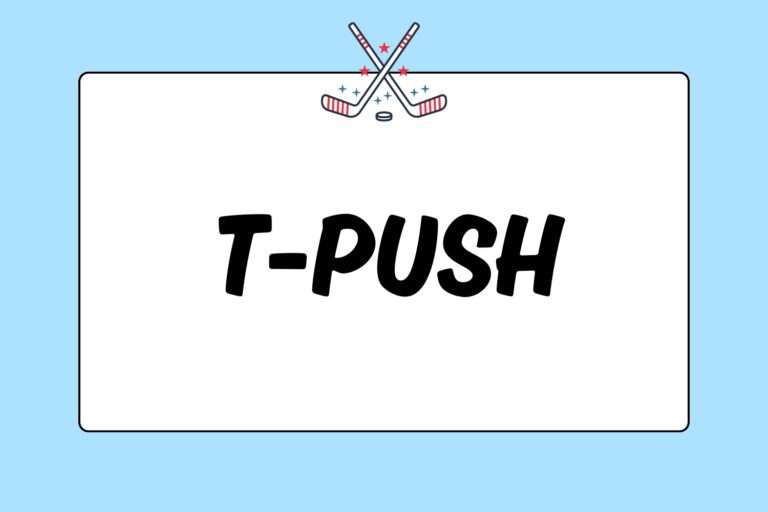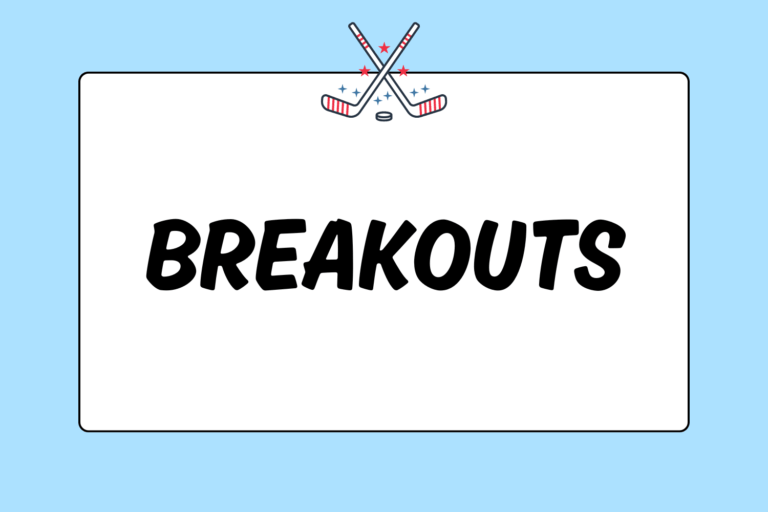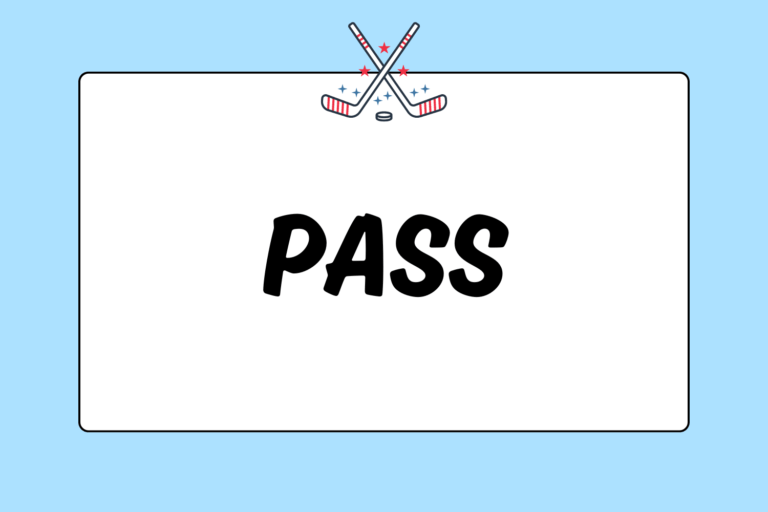Choosing a new set of laces for your ice hockey skates can be challenging. Skate laces come in a vast range of sizes, and have features such as “wax” and “tracers.” This guide explains all the features and options that skate laces come with, and details the pros and cons of each choice.
Length
Hockey skate laces come in many sizes, and they are most commonly measured in inches (exclusively so in North America). The most common skate lace lengths are: 36, 45, 54, 72, 84, 96, 108, 120, and 130. Generally speaking, Youth skates take a lace less than 72. Junior skates take anywhere from 72 to 96, and Senior skates use 108 and up.
These guidelines leave lots of wiggle room for adjustments. For the most part, too long is better than too short. If you tie your skates and there’s plenty of extra lace, simply secure the extra-long loops with tape.
Shape
Hockey skate laces come in many different shapes. The standard shape is “flat,” which is similar to a thicker version of the laces that come in most athletic shoes. “Wide” laces are the same general shape, just a bit wider. “Oval,” or “round,” laces are often more like cords than standard shoe laces. Flat and wide laces are by far the most common.
Essentially, the thicker the lace, the more durable it is against inevitable cuts and scratches. Just make sure the lace you choose fits through the eyelets of your skate, though, and you’ll be fine with any shape.
Check Your Laces before Games
It can take a long time to change out a set of laces. Before you get dressed, be sure to check your laces to make sure there aren’t any big gashes in them. Doing so gives you enough time to change them if necessary.
Tips
The “tips” of laces are the hardened part that you thread through the skate’s eyelets. There are generally two types offered:
Molded Tips
Molded tips are similar to the tips of sneaker laces: They are often wrapped with plastic, making the tips thin and hard. The downside of these laces is that the tips can bend or break easily. The upside is that when molded tips do bend/break, they can still be put through the eyelets… it just takes a bit more work.
Metal Tips
Metal tips look and feel very similar to molded tips, but they’re much sturdier. The advantage to metal tips is that they are much less likely to bend or break. The downside, however, is that if they do bend, you might not be able to get them through an eyelet.
Waxed
These laces come completely coated in thick wax, which has several effects:
- The laces are more durable because they’re less affected by water.
- The laces grip the skate’s eyelets more, which prevents shift in tightness after you’ve tied the skates.
- The laces are less prone to stretching over the course of their lifespan.
Youth players who have trouble tying their own laces should avoid waxed laces. The wax makes them a bit trickier to tie tightly. Further, it’s possible to tie waxed laces so tightly that they need adjustment during a game — this can be problematic for a youth player to do on his own.
Waxed laces are recommended for adult players who get out on the ice frequently. The added durability will help these players, and the increased difficulty in tying them will likely go unnoticed.
Tracers
Tracers are the dash-patterned markings on skate laces. Skate laces usually come with one, two, or (rarely) three rows. The number of rows of tracers in a skate lace is indicative of its quality. More tracers means the lace will last longer.
No Loose Ends
All of this may seem like a lot of information to consider when buying new laces, but you shouldn’t let it overwhelm you. Skate laces are likely the simplest piece of equipment you’ll buy in your ice hockey career. Don’t spend too much time thinking about it. Just remember to round up on length when in doubt, and you’ll be fine. Time to tie ‘em up, and get out there!





